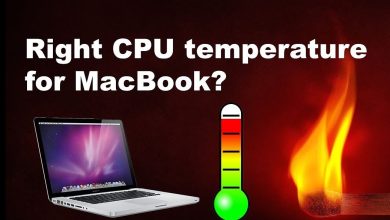Feedthrough Capacitors can Filter out High-Frequency Noise, why?

1. Feedthrough capacitors’ capacitance fomula:
A capacitor, if the electric potential difference between the two stages is 1 volt with 1C of electricity, the capacitance of this capacitor is 1F, that is: C=Q/U but the size of the capacitance is not determined by Q (charged) or U (voltage) Yes, the formula for capacitance is: C=εS/4πkd.
Among them, ε is a constant. S is the area facing the capacitor plate. D is the distance of the capacitor plate. And k is the electrostatic force constant. For common parallel plate capacitors, the capacitance is C=εS/d. (ε is the dielectric constant of the medium between the plates, S is the area of the plates, and d is the distance between the plates.)
Definition: C=Q/U
The formula for calculating the potential energy of the capacitor: E=CU^2/2=QU/2=Q^2/2C
Multi-capacitor parallel calculation formula: C=C1+C2+C3+…+Cn
Multi-capacitor series calculation formula: 1/C=1/C1+1/C2+…+1/Cn
2. Feedthrough capacitors and ordinary capacitors, what’s the difference?
A feedthrough capacitor is a kind of three-terminal capacitor. Compared with ordinary three-terminal capacitor, because it is directly installed on the metal panel, its grounding inductance is smaller, and there is almost no influence of lead inductance, so feedthrough capacitor is more than ordinary capacitor. have a higher self-resonant frequency;
In addition, its input and output ends are isolated by metal plates, which eliminates high-frequency coupling. These two characteristics determine that the feedthrough capacitor has a filtering effect close to the ideal capacitor.
3. Feedthrough capacitors can effectively filter out high-frequency noise, why?
In practical engineering, we need to filter the frequency of electromagnetic noise which is often as high as hundreds of MHz, or even more than 1 GHz. Since such high-frequency electromagnetic noise, we must use feedthrough capacitors to effectively filter out. There are two reasons why ordinary capacitors cannot effectively filter out high-frequency noise:
On one hand, the capacitor lead inductance causes capacitor resonance, which presents a large impedance to high-frequency signals and weakens the bypass effect on high-frequency signals;
On the other hand, the parasitic capacitance between the wires couples high-frequency signals, reducing the filtering effect.
Feedthrough capacitors are three-terminal capacitors famous for their hollow physical structure. We connect the low-frequency signal (including power supply) output or input from the shielding cavity through the feed-through capacitor, which can filter out part of the noise brought in. Therefore, we use the feed-through capacitor in many special high-frequency, ultra-high-frequency, and microwave equipment. Heavy use. Compared with the ordinary three-terminal capacitor, we directly mount the feedthrough capacitor on the metal panel, so its grounding inductance is smaller, and it has almost no influence on lead inductance. The panel plays the role of high-frequency isolation and eliminates high-frequency coupling. Furthermore, these two characteristics determine that the feedthrough capacitor has a filtering effect close to the ideal capacitor.
4. Feedthrough capacitors: Where to use?
We mainly use feed-through capacitors in feed-through filters, low-pass filters, EMI filters, signal filters, filter capacitors and welded feed-through filters as well as screw-type feed-through filters.
5. Structural characteristics and selection points
The simpler feedthrough structure is one (C-type) or two capacitors (Pi-type) composed of inner and outer electrodes and ceramics.
The dielectric of the feedthrough capacitor is a ceramic dielectric, and the capacity of the ceramic capacitor will change with the change of the ambient temperature. Also, this capacity change will affect the filter cutoff rate of the filter. Ceramic dielectric itself determines the capacity temperature change rate of ceramic capacitors. Therefore, it is very important to choose an appropriate ceramic medium.




